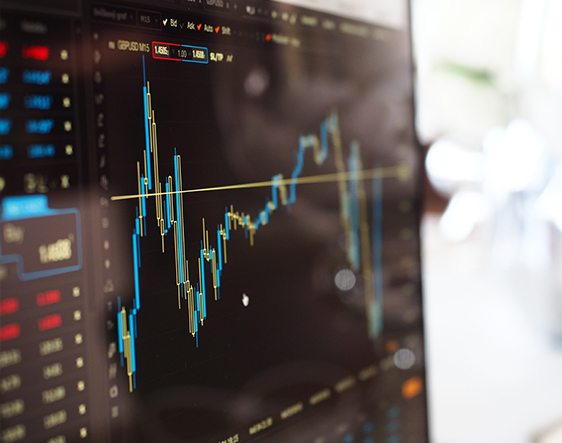UK consumer price inflation rose by more than expected to 1.2 percent in November, following a surprise fall in October. From Ben Brettell, Senior Economist, Hargreaves Lansdown.
This is the highest rate since October 2014. The market reaction to the figures was muted, with sterling ticking up slightly and the FTSE 100 largely unaffected. Sterling weakness continues to raise the cost of inputs for UK businesses, and there are signs these cost increases are slowly being passed on to consumers. This in turn could hit consumer spending, which has so far held up well despite Brexit-related uncertainty. The main drivers for November’s rise in inflation were petrol and clothing prices.
October’s fall looked like a blip, and today’s figures mark a resumption of an upward trend. The Bank of England expects inflation to climb throughout next year, hitting 2.7 percent, and remaining above the 2 percent target until 2020. Other forecasters see a much sharper rise to as much as 4 percent. However, the effect of the weak pound, assuming it doesn’t fall much further, is a one-off factor which will fall out of the figures in due course. The longer-term picture is one of structurally low inflation – due in part to demographic reasons. The baby boomers are starting to retire and have already gone thorough their consumption phase – they have bought their houses, cars and consumer goods. The generation behind them is saddled with debt and struggling to get on the housing ladder. Workers don’t have the bargaining power over pay they once did, and wage growth looks set to be anaemic at best.
All this should mean less inflationary pressure, lacklustre economic growth, and little upward pressure on interest rates. Swap markets imply just a 27 percent chance of a UK rate rise by the end of 2017, and just a 3 percent chance they will be higher than 0.5 percent. Meanwhile across the Atlantic a rate rise is regarded as a near certainty when the Fed announces its decision tomorrow, with two further moves likely next year.









